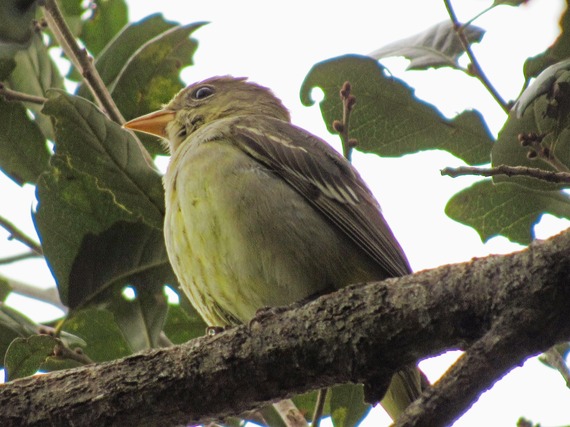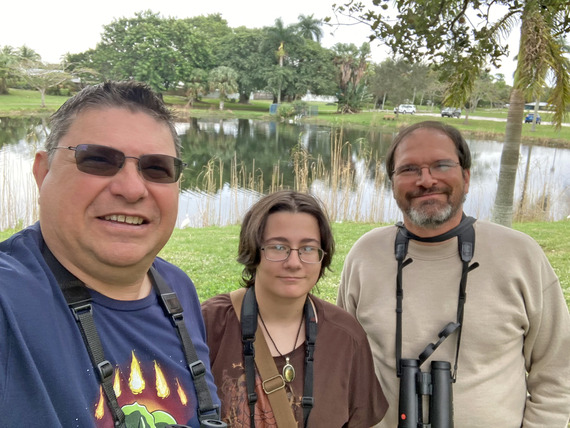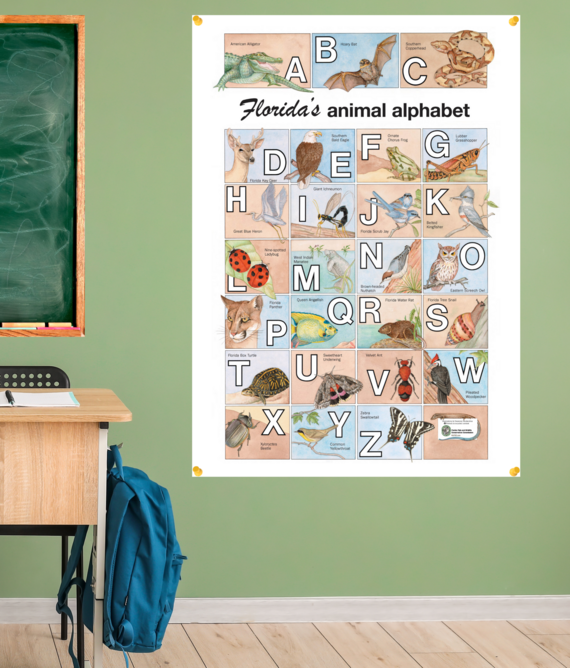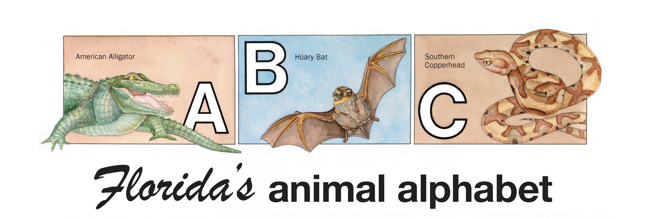 Western Tanager seen during the Christmas Bird Count at Dreher Park. Photo by Dan Cimbaro.
The Great Florida Birding and Wildlife Trail spoke with birder and FWC biologist John Cimbaro about what it’s like to do a Christmas Bird Count. Below are highlights from the interview, edited for clarity.
What is the Christmas Bird Count?
The Christmas Bird Count is a citizen science program run by the National Audubon Society. It’s a way for people to contribute to ongoing monitoring of bird populations and how they've changed over the years. It's helped identify trends of reduced bird numbers and spurred birders to support conservation efforts that help to protect not only the bird species themselves, but lands that are critical for migration and breeding for these different bird species.
Do you consider yourself a birder?
I definitely do. One thing I really like about birding is you can participate as casually or as avidly as you want, whatever your comfort level is. This was only the second time I had done a bird count, even though I've been a birder for many years. My brother Dan and I did a summer bird count back when I was twelve, maybe thirteen years old. My brother just recently moved back into town, and it was very nostalgic to do another bird count together again after 45 years.
What’s it like to do a CBC?
It's more scripted and organized than my casual birding. You want to document and count every single bird, even the very common birds, which I was not used to doing. That includes marking down all the Mourning Doves and all the Turkey Vultures that you see, in addition to the rarer and more uncommon species that are kind of the highlights of the count. It was a little more intense because you want to make sure you don’t miss anything. I would hear a common bird in the background that I'm used to hearing all the time, and my brain would kind of filter that out. But my brother would automatically pick it up and say “Oh, cardinal, mockingbird, fish crow.” I had to pay a little more attention than I usually do to some of those more common species.
Each CBC survey area or circle is divided into count territories run by team leaders. Tell us about the territories you surveyed.
My brother sent me a list of locations and asked me which one I'd be interested in, and then he signed us up. Certain areas are very popular because they're birding hot spots and those circles fill up first, but regardless of where you end up it's always fun. There’s a map provided by the count organizers and it lists specific zones. You pay attention to the “dotted lines,” and you only count birds you see in that area. This level of organization helps the results remain consistent and useable for documentation and research.

The first count that we did was at Atlantic Ridge Reserve State Park. Unfortunately, heavy rain flooded most of the roads and trails. We ended up covering 7.7 miles on foot over nearly seven hours and a lot of that was high stepping through weeds and water. We did not see another human being until we got to the exit gate again. We were both pretty tired by the end, but even though it was a tough walk we were still dry above the knees and got to see some good birds. When we finished our arduous Atlantic Ridge count, Dan was pleased to check the eBird records and see that we had documented the greatest number of species there in any one trip in eBird. So that was satisfying and made the trip worth it, even though it was challenging.
|
Our other location, Dreher Park South, was a much smaller site with people walking all over the place and nice paved trails. We were there 2 hours and 20 minutes, which was actually longer than I thought it would take us to cover it. It was a small area, but we saw a lot of songbirds in some wooded patches. We saw almost as many species there as we did in the much bigger state park.
One thing to pay strict attention to is when you actually enter the count zone. When we did the Dreher Park count there was a Pie-billed Grebe that we didn't have on our list yet on the other side of the dotted line. We sat there watching for it to cross that imaginary line, and only when it did, we put it on our list. That's part of science, making sure your data is exact. It was fun watching that grebe swim into the area where we could check it off. You can also bird by car. We saw a number of species by vehicle that were still in our count zone and were able to include them.
The best species we observed was two Western Tanagers that my brother and I spotted in Dreher Park. That was a life bird for me. I was grateful to have my brother with me because I've never seen that species before and he was the first one to identify it. He was able to get a couple of good photos that helped us positively identify both birds afterwards. It was only the fourth sighting of Western Tanagers for the West Palm Beach CBC, and they made the list of notable species. Other birders have now gone to tiny little Dreher Park to try to get Western Tanager on their year or county list, or, like me, their life list.
If anybody does a Christmas bird count, I really encourage them to try to join up with a more experienced birder. It's much more fun doing it with someone else. My brother Dan is a much better and much more avid birder than I am. We were in the Atlantic Ridge State Park walking along and Dan glances over at a particular marshy spot and he declares we need a snipe. He walks 50 yards, flushes a snipe and we get that on the list. That was the only snipe that we saw the entire trip, and that was only one of two snipe seen in that county for this year’s CBC. It was a significant contribution to the bird count. My jaw kind of dropped. But that's an example of the kind of experience and expertise that you can benefit from. People who are more experienced know where to find the bird, and they can tell you, hey, notice what this bird is doing; notice this wing bar, or this eye ring, or this other characteristic. That really accelerates your proficiency as a birder.
 John Cimbaro (left) with his niece Sophie (center) and brother Dan (right) doing some family birding.
 The Florida's Animal Alphabet poster.
A child is never too young to learn about and experience the magnificent beauty and diversity of our state's wildlife and habitats. The Florida's Animal Alphabet poster is designed to introduce young children to Florida's wide variety of native wildlife. Each letter of the alphabet is paired with an engaging and beautiful illustration of one of Florida’s native species. It’s perfect for classrooms, playrooms, bedrooms or anywhere children play and learn. Poster size is 22" x 34".
Order your free poster here.
 Detail from the Florida's Animal Alphabet poster.
|